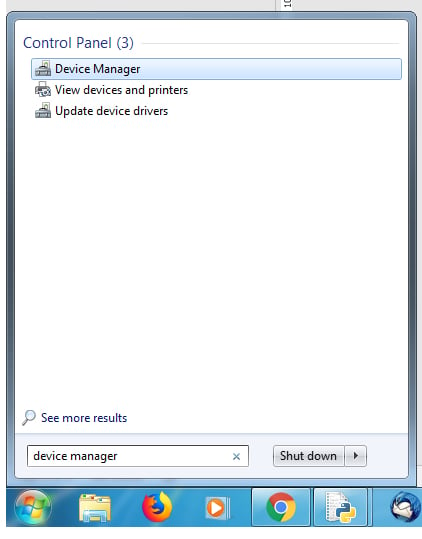Python Serial Readline Example
Free lion 3d model. 53 Free Mountain 3d models found. Available for Free download in.blend.obj.c4d.3ds.max.ma and many more formats. Mountain 3D models for download, files in 3ds, max, c4d, maya, blend, obj, fbx with low poly, animated, rigged, game, and VR options.
Help for python-m serial.tools.list_ports. For example on GNU/Linux running from an xterm it will support the escape sequences of the xterm. On Windows the typical console window is dumb and does not support any escapes. When ANSI.sys is loaded it supports some escapes. Python serial port communication Although serial port has been around for a while, it is still very common as a way to communicate between computers and various electronic devices. In Windows XP, there is a tool called HyperTerminal, which allows you to connect to a device through a serial port.
The original West Highland Line between Glasgow and Fort William was opened in 1894 by the North British Railway, with the extension from Fort William to Mallaig opening six years later, connecting the largest city in Scotland with the Atlantic coast. Railworks ts2015 west highland line extension route.
I am using a script in Python to collect data from a PIC microcontroller via serial port at 2Mbps. The PIC works with perfect timing at 2Mbps, also the FTDI usb-serial port works great at 2Mbps (both verified with oscilloscope) Im sending messages (size of about 15 chars) about 100-150x times a second and the number there increments (to check if i have messages being lost and so on) On my laptop I have Xubuntu running as virtual machine, I can read the serial port via Putty and via my script (python 2.7 and pySerial) The problem: • When opening the serial port via Putty I see all messages (the counter in the message increments 1 by 1). • When opening the serial port via pySerial I see all messages but instead of receiving 100-150x per second i receive them at about 5 per second (still the message increments 1 by 1) but they are probably stored in some buffer as when I power off the PIC, i can go to the kitchen and come back and im still receiving messages.

Here is the code (I omitted most part of the code, but the loop is the same): ser = serial.Serial('/dev/ttyUSB0', 2000000, timeout=2, xonxoff=False, rtscts=False, dsrdtr=False) #Tried with and without the last 3 parameters, and also at 1Mbps, same happens. Ser.flushInput() ser.flushOutput() While True: data_raw = ser.readline() print(data_raw) Anyone knows why pySerial takes so much time to read from the serial port till the end of the line? I want to have this in real time. You can use inWaiting() to get the amount of bytes available at the input queue.
Then you can use read() to read the bytes, something like that: While True: bytesToRead = ser.inWaiting() ser.read(bytesToRead) Why not to use readline() at this case from Docs: Read a line which is terminated with end-of-line (eol) character ( n by default) or until timeout. You are waiting for the timeout at each reading since it waits for eol. The serial input Q remains the same it just a lot of time to get to the 'end' of the buffer, To understand it better: you are writing to the input Q like a race car, and reading like an old car:). Yes I understand, but since my messages are something like: 213531 n 616516 n 516861 n I would think it would read quite fast. Anyway my timeout was 2 seconds and the messages were arriving on my script faster than that (printed on screen after readline). Meaning that it was never reaching the timeout.
Even adding r n did not solve anything. Setting timeout=0 did not change anything, same speed, same everything (except that it was locking when I was turning OFF the PIC) – Nov 11 '13 at 15:22 •.
Hello, I am writing a Python v3.6.0 program on a Windows PC that takes an input from the Serial port and then parses the input, and replies on the Serial port based on the input. I tied COM1 and COM2 together. My Python script running is connected to COM1 and the Arduino serial monitor connected to COM2. I am using the pySerial library's command '.readline()' to send the serial communication bytes to my Python script. According to the pySerial docs. The.readline() command will return a string after it receives a ' n' character. However, when I send a string of text through the Arduino serial port monitor without a newline character at the end of it, the.readline() method returns that string.